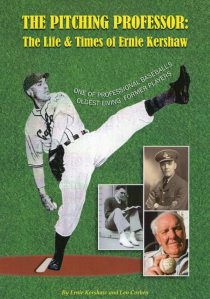This summer I have been on the hunt for Mel Martin Baseball Mysteries.
Actually my hunt for books in this series began in about 1982. The Mel Martin series of books that combined baseball and mystery are a series of six – the first two published in 1947 and the other four published in 1952 and 1953. Several writers contributed to them under the pseudonym “John R. Cooper”.
In 1982 I had two the books in the series, and they were treasured possessions. They were my dad‘s from his childhood. They had survived a fire that burned down his house as a child, and made it into my hands in elementary school. In 1982, at age 9, I was not much of a reader. I was a struggling reader. I remember being teased and marginalized in grade 1 for my weak skills. My parents helped me every night. My dad and I would read Hardy Boys books together. In the beginning he would read them to me, and then over time we would read the books together – alternating pages we would read. Having read all the Aunt Gertrude and Chet Morton we could find (I loved the characters names in the Hardy Boys) we picked up The Mystery at the Ball Park. Nothing like a book that combined the mystery of the Hardy Boys with my love of sports!
It was pretty cool that I was reading the same books in my childhood that my dad read when he was a child. The books opened up conversations about growing up. The language of the books (I still remember they called a fastball a speedball in the stories) were an entry point into the time of my dad‘s youth. After reading the first two books I remember we spent a Saturday afternoon searching the used bookstores of Vancouver for the other four in the series listed on the dust cover of the ones we had. There was no Amazon to search – so our search turned up empty.
Fast forward to this summer.
A home renovation unearthed some treasures, including the two Mel Martin baseball stories. They had moved with me from my parents but been unopened in likely 35 years. I passed them along to my younger son. He loved them.
So, the hunt from 1982 picked up again searching for the other four books.
Of course the world-wide web has made this kind of searching a little easier. We were able to find two at Powell‘s Books in Portland and pick them up while visiting the area. Finishing those, a few more hours of internet searching found the other two at used books stores in Chicago and Miami. And while the shipping fees were far more than the cost of the books, it was totally worth it.
My son loved the books. And owning and reading all six – there was a sense of closure and completion.
The books opened up a conversation about my childhood with my son.
The books opened up a conversation with my son about his grandfather.
They were way more than just baseball mysteries.
I am so thankful my grandparents held onto my parents books from their childhood. And I am so lucky my mom saved all of the books from my childhood. We have hundreds of young persons‘ books on our shelves at home that moved from my parents house, many that had moved from their parents houses. Some people fill their shelves with photos or trinkets from various adventures – we fill ours with books – they are our link to our history.
So, save your books.
I am not sure what this will mean in a digital age. I do not think this really works with e-books. And we use libraries, but we also buy a lot of books. And we do not tend to give them away. They are windows into the time we bought them, read them and shared them. And we can hope that one day our grandkids are reading Hardy Boys, Mel Martin, and Harry Potter and the many other current day books our kids are reading.
I know my dad would be smiling knowing my kids are veracious readers – and some of his books are part of this story.









